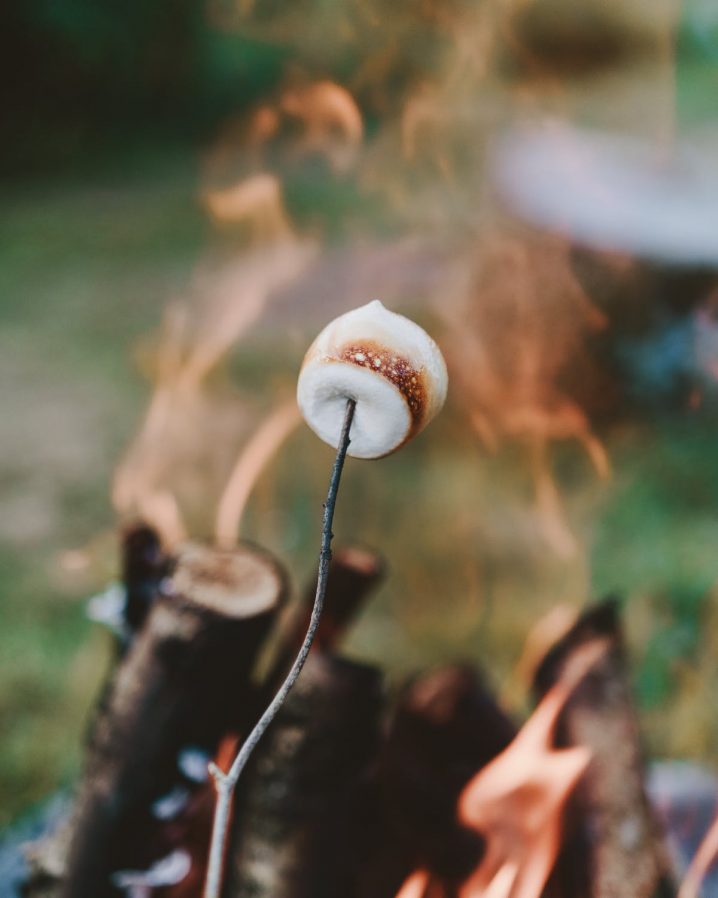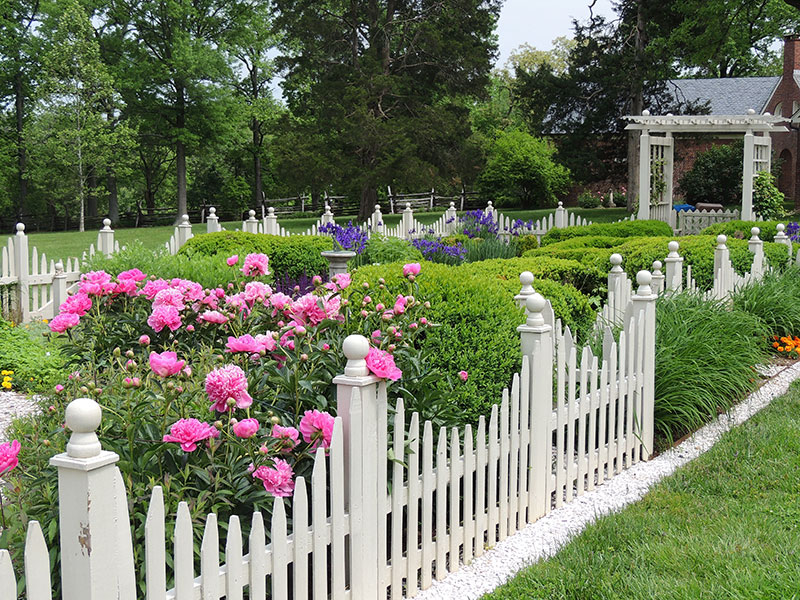Everybody knows the name Loretta Scott Crew. No? Okay, think outdoors, think cool nights, think sweet treats. Nothing yet? Throw in snuggling by the firepit in your outdoor kitchen or pulling up chairs around that beautiful pit you’ve had built in the ground. Still nothing? Alright, let me make this easy. Conjure a campfire, a tent, long sticks, a box of crackers, chocolate, and some marshmallows. Starting to ring a bell?

That’s right. Loretta Scott Crew is the Girl Scout troop leader credited with creating the s’more. If you skim the 1927 publication “Tramping and Trailing with the Girl Scouts” to page 118, just after instructions on roasting an apple, you’ll find the unassuming recipe titled “Some More.” Thus was born the delicious concoction of graham cracker, marshmallow, and chocolate enjoyed at cookouts, camp retreats, and anywhere else a flame and marshmallow come into close contact. The s’more invokes a tradition of cooking outdoors, and whether its an upscale meal prepared in a stylish outdoor kitchen or a simple weenie roast around a fire, the s’more has been the longstanding sweet ending to a perfect night under the stars.
What’s More
I’ll tell you what’s more. There’s a wonderful, ironic history behind the s’more once you start digging into its central ingredients and their past. Almost all have an old if not ancient lineage, and, surprisingly, for this sticky sweet treat, their stories relate to health.
The marshmallow, that definitive part of the s’more, is literally as old as Egypt where sap was extracted from the marsh mallow plant and then whipped and sweetened. Known then for its health benefits, it was later used by Greeks and Romans to treat wounds and to cure cough. It wasn’t until the mid-19th century that the marshmallow as we know it today came to be. A French pharmacist transformed pate de guimauve, a pectoral remedy, into the sweet treat we know today as the marshmallow (today’s version omits the mallow plant).
Chocolate, too, has an antique and wonderful past. The original chocolate was not an edible substance, but a drink. Mayans and Aztecs brewed cacao beans into an unsweetened, bitter beverage they believed to have magical properties and used it for rituals surrounding birth, marriage, and death. Later, as the drink became popular in Europe, sugar was added and was thought to be medicinal and an aphrodisiac (a favorite of Cassanova). Finally, in 1847, Joseph Fry created the process that resulted in those delicious little squares we enjoy on a s’more.
Perhaps the strangest history comes from the graham cracker, which while not as old as its partner ingredients, makes up in age what it gains in weirdness. The graham cracker found its name from The Reverend Sylvester Graham, a Presbyterian minister, who believed in healthy living and thought lust harmful to the body, causing maladies from headaches to epilepsy. He also felt a strict vegetarian diet high in fiber was the key to suppressing these dangerous carnal urges. He thus created the nutritious ground wheat Graham bread that we now know as the graham cracker.
Yeah, But Let’s Eat
So enough history, time to dig into some treats. Beyond gathering the basic ingredients, you’ll need a stick on which to roast your marshmallow. Because sticks burn and you often don’t know from where they came or what’s on them, it’s a worthwhile investment to purchase extendable stainless forks for roasting. They are easily washable, reusable, and collapse down to a small size ideal for packing for camping. For those who want a melded warm treat, you can purchase a s’mores grilling basket in which you warm the prebuilt s’more.
That’s all you need. Oh, and a fire. Toast your marshmallow, and sandwich it between two graham crackers stacked with chocolate. Voila, the s’more. And while it may be a far cry from the original intentions of its individual pieces, it is somehow more magical for the connection it creates between us and the oldest outdoor pursuit of sleeping under the stars.



